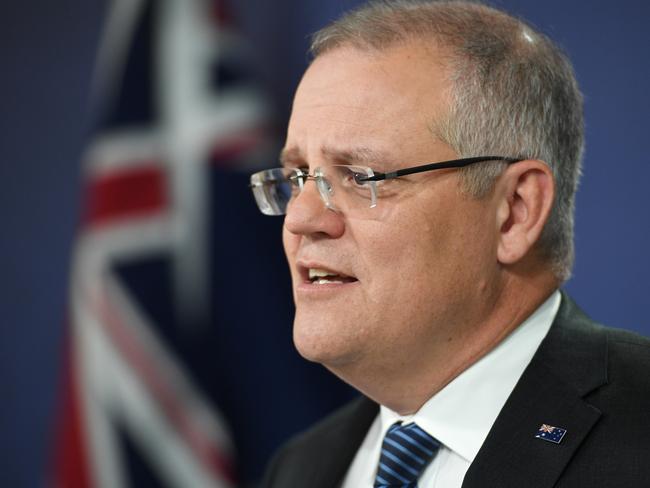IMF slashes Australia’s economic growth forecast
THE IMF has slashed Australia’s economic growth forecast from 3 to 2.2 per cent — and our modern work practices are partly to blame.
ONE of the world’s most influential economic institutions has slashed its growth forecast for Australia this year.
Releasing its latest World Economic Outlook in Washington, the International Monetary Fund said there’s an upswing in most developed countries — but not for us.
“We see an accelerating cyclical upswing boosting Europe, China, Japan and the United States, as well as emerging Asia,” said IMF economic counsellor Maurice Obstfeld, as global growth was upgraded from 3.5 to 3.6 per cent.
Australia’s economy is only expected to grow 2.2 per cent — significantly less than the three per cent forecast just six months ago.
The IMF blamed the drop on bad weather, which slowed housing investments and mining exports for the first half of the year.
Undoubtedly a key factor was Cyclone Debbie, which battered Queensland in late March and temporarily disrupted coal transportation.
It means unemployment is expected to remain at its present level of 5.6 per cent for this year, rather than falling to 5.2 per cent as predicted.
However, our work practices also have a notable effect.
HOW WE’RE AFFECTING WAGE GROWTH

Last month, the IMF pointed to the rise of the “gig economy” and part-time work in recent years as another key factor in weak wage growth.
According to The Australian, it warned wage growth may never recover to the level it was before the global financial crisis because the structure of the labour market has significantly changed.
Flexible working allowing companies to raise or cut the number of hours on offer rather than having to offer more money to tempt new workers to join them, and they can also hire workers only as they’re needed.
According to the Australian Bureau of Statistics, approximately 725,000 Australians are currently unemployed and the rate is falling.
Interestingly, however, earlier this year it reported underemployment — defined as people who want to work more — was rising instead.
Australia now has 1.1 million underemployed people, which is part of a global trend Bloomberg reports is weighing on wage growth.
Fairfax Media’s Eryk Bagshaw noted the current rate of 1.9 per cent is “barely keeping up with the cost of living”.
He reported this trend will mean the government must reassess the foundations of welfare, as shifting employment practices will impact the way our social security infrastructure currently operates.
Treasurer Scott Morrison will attend the G20 finance ministers and central bank governors meeting later this week, and then the IMF and World Bank annual meetings in Washington on the weekend.
“These meetings are an opportunity to discuss some of the emerging positive trends in the global economy and the better days that are ahead,” he said in a statement.
SHOULD WE BE WORRIED?

The economy is expected to grow by 2.9 per cent in 2018, which should help reduce the jobless rate to 5.4 per cent.
HSBC Australia chief economist Paul Bloxham told News Corp in a statement the economic downgrade isn’t something worth worrying about too much — pointing out Australia has enjoyed 26 years of growth uninterrupted by recession.
“Australia will almost certainly have a recession at some point,” he said.
“However, what is clear is that over the past 26 years, the volatility of Australia’s economy has been much lower than at any other time in the country’s history and most other countries experiences.”
Meanwhile, the IMF’s Dr Obstfeld said the global acceleration is more broad-based than any other time since the start of the decade.
“This breadth offers a global environment of opportunity for ambitious policies that will support growth and raise economic resilience in the future,” he said.
“Policymakers should seize the moment.”
— with Colin Brinsden, AAP




